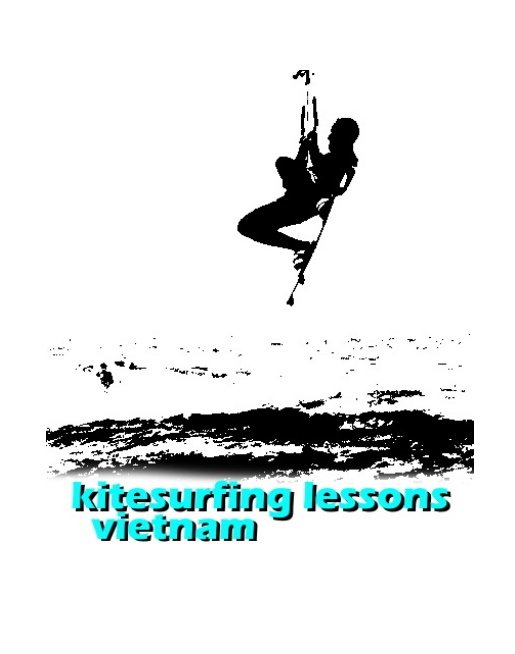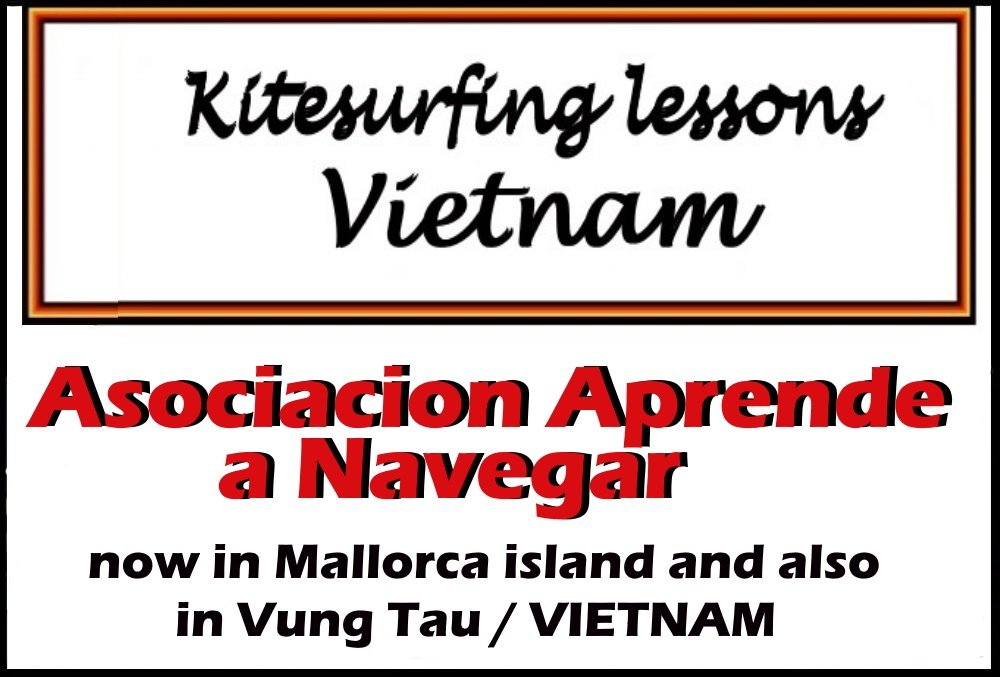Don’t learn kitesurfing on your own
Is it really possible to learn to kitesurf on your own?
Meaning with it: you buy a kite and a board, go to the beach and after some practice by yourself, off you go!
Or maybe to learn with the help of a kitesurfer friend?
The answer is double, yes, but no!
I would not be the one to deny it since I taught myself.
Of course, back in 1998, there were no schools, there was no one who could teach you. It was the very beginning of the sport
October of 1998, to be more exact. Everything started for me then.
As I do not want to extend too much in this explanation and go into too many details I will go to the subject that leads to the entry to this blog.
Is it a good idea to learn kitesurfing on your own?
The answer is: NO … Do not try to teach yourself kitesurfing
Why? … Because it is not worth
Is it, however, possible to learn it on your own? … yes, but if you consider the pros and cons, the question becomes a sort of boomerang and we go back to the same answer again: no, don’t do it, don’t try to learn kitesurfing by yourself. And on the next lines I will try to explain it
To learn kitesurfing. How and how not
Is kiteboarding difficult? That is not a simple question to answer.
It depends on the skills you have, how will you learn it and with which equipment will you try to teach yourself
But before this considerations there are two important aspects that we should consider above: Where are you going to learn and in what wind and water conditions you will learn.
Learn kitesurfing on your own
Back to the initial question: How to learn kitesurfing by yourself? In the following lines you will find the reasons not try it, or rather, because if trying to learn on your own you will not have enough information on the factors which are necessary, in order to be able to learn . Enumerating:
1.- You do not know the necessary and adequate wind conditions to learn?
2.- You do not know the requirements and idoneity in the space in which you plan to learn?
3.- Do you know if the equipment with which you want to teach yourself will be -or not- the right one?
4.- You do not know which is the method to understand how a kite works?
5.- Can you imagine in which way happens the progression in your self teaching, looking for the ultimate purpose, which is navigating?
Can you see it as clearly as I am seeing it? You know nothing!
And most important: That knowledge will not fall to you from the sky, or, put it another way: This is complicated, more than one can imagine in the first place, especially on the beginning.
Basically, the chances of failing in any of the five points mentioned above -if not in all of them- it is the most likely to happen
Here below, a couple of videos of how back then, in 1998, were the kites with which I learned
With a kite like this I learned in 1998
Ops! lack of control leads to trouble
Some common sense issues
Have you practice windsurfing, wakeboarding, surfing previously or have experience flying acrobatic kites?
If the answer is “yes” to any of these questions, you may find more or less easier your apprenticeship in certain parts of your learning.
Would it suffice for success on your learning? Well, rather not than yes.
Learning kitesurfing is a matter of doing everything well. The five points above must be all positive. It is enough that only one of them fails so that the risks get multiplied.
Keep in mind also, some more important considerations:
A.- your greater or lesser skills
B.- your ability to concentrate
C.- your ability to learn from your own mistakes
D.- consider that the weather conditions may change to worse
E.- could be anyone hurted by your kite while you are “learning”
One is supposed to learn from practice, but in our case, in the sport of kitesurfing, the thing does not work exactly like this
You can practice as much as you like. If you are not doing things well, little profit will come out of it
Remember we are using a kite, which at any moment can develop a huge amount of power, hence, any failure , may have far greater consequences than might be expected
And with this I finish. To all of the above, we must add:
F.- the time factor
Everything in life is a matter of time. It can take more or less time to learn
The amount of time required for it is indicated by the five factors mentioned above, but as well by your skills and by how you can focus, your concentration and ability to recognize your mistakes, learn from it and correct them
I learned by myself. By the time, I already was an expert windsurfer, I had a lot of experience in flying kites, I am lucky enough to be a very skilled and analytical person, and without difficulty I recognize my mistakes and avoid them in the future
If that is your case, in the right place and in the right wind conditions -light wind and plenty free space-, maybe you will learn alone
First of all, be honest with yourself. If you want to learn safely and save yourself money and unpleasant risks, look for a good school, choose well, of course, and do not take unnecessary risks

RULES OF THE GAME
The following points are those that were already given at the beginning of the century, when this sport was still in its infancy.
They worked then and still work now. Read them carefully and analyze them
1. Take lessons with a kiteboarding school.
This sport can be dangerous for you but also for the people around you.
2. Use the kite responsibly and never take risks.
3. Make sure the wind is adequate -free space area and without obstacles.
4. Always be sure you have the means to get back to shore.
5. Evaluate the wind conditions at all times, there is no room for failures.
6. Do not overestimate your own abilities, gain experience gradually.
7. Avoid kitesurfing alone.
8. Avoid kitesurfing when the wind blows directly onshore or especially offshore.
9. The exception, in the first case, perhaps on gentle winds, in the second case, never.
10. You should take preventive measures to avoid collisions.
11. If your receive the wind when your right hand is in front you have preference.
12. Riding downwind, keep the kite up, sailing upwind keep the kite low.
13. The kite which is leeward has the right of way when you are being overtaked.
14. Before changing course, look back and make sure there are no other users following you
15. Never deliberately maneuver in a right-of-way position, avoid crosses whenever possible
16. Students should practice leeward of other kiters.
17. Understand and know your equipment and your limitations.
18. Always use a kite with quick release and security leash.
19. Regularly control all your equipment, kite, bridles, lines, fins and footstraps.
20. Choose the correct kite size and make sure you get help when you launch or land your kite
Do you want to learn Kitesurf in Vietnam?
Book your course at the best price
To contact the school click here

